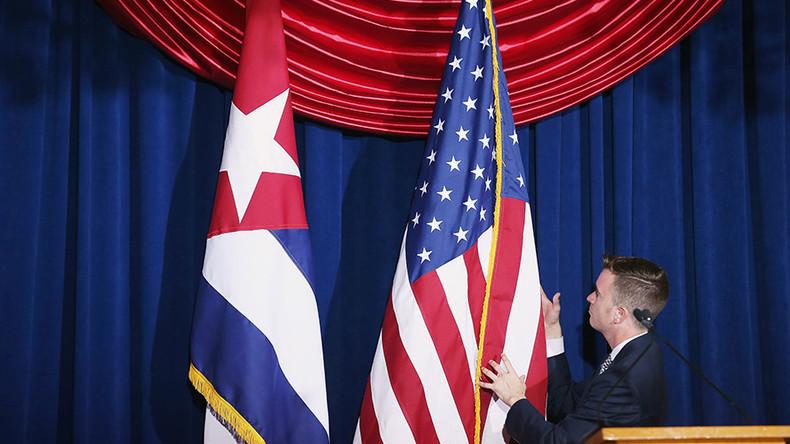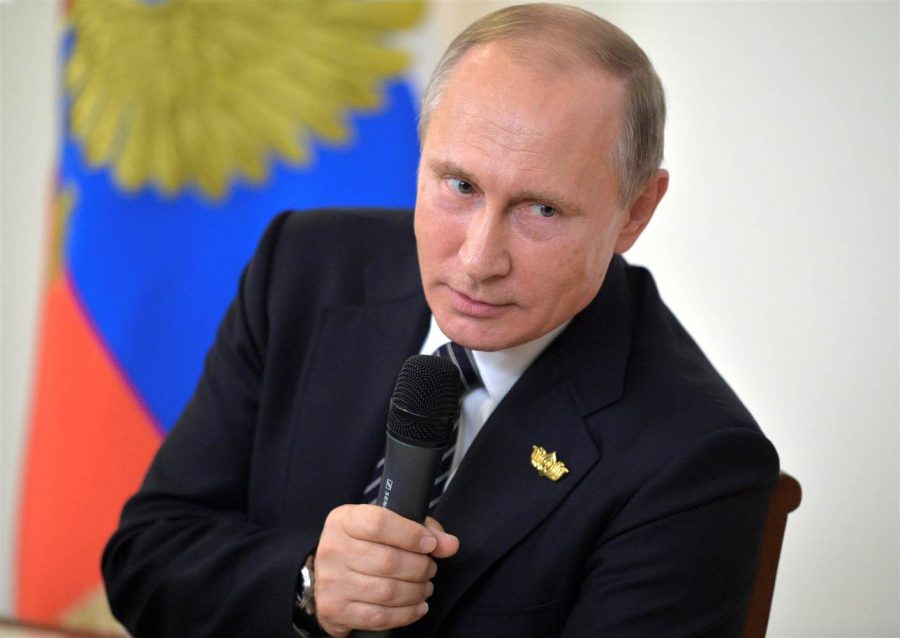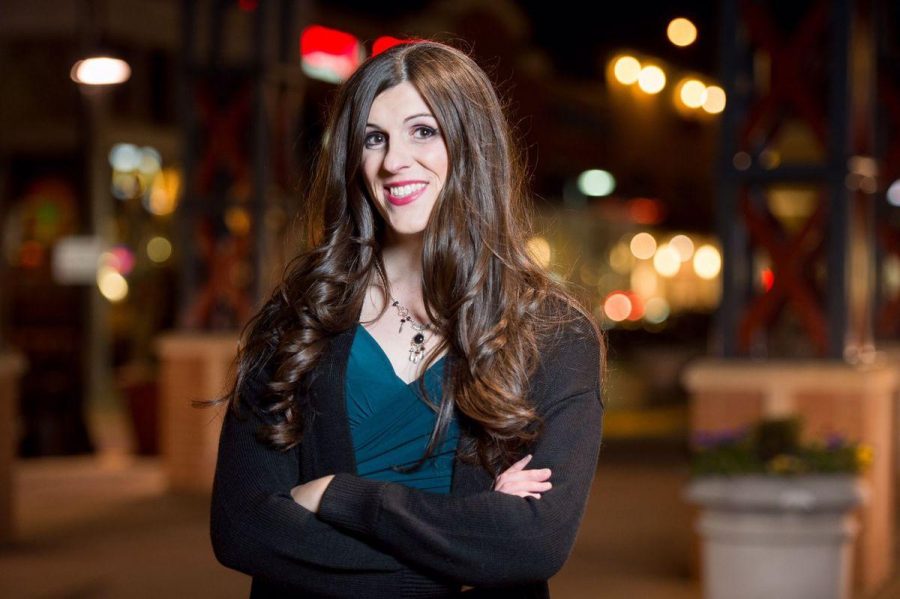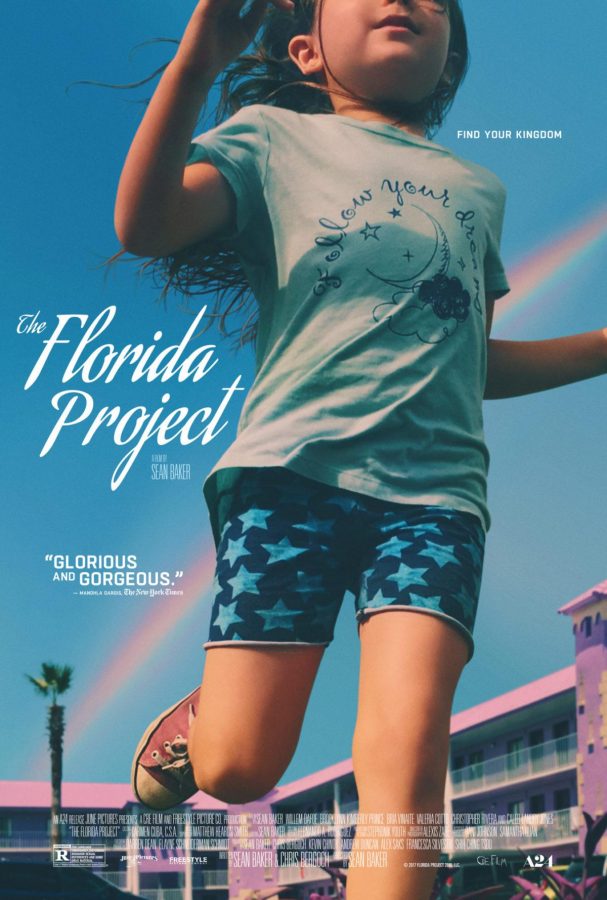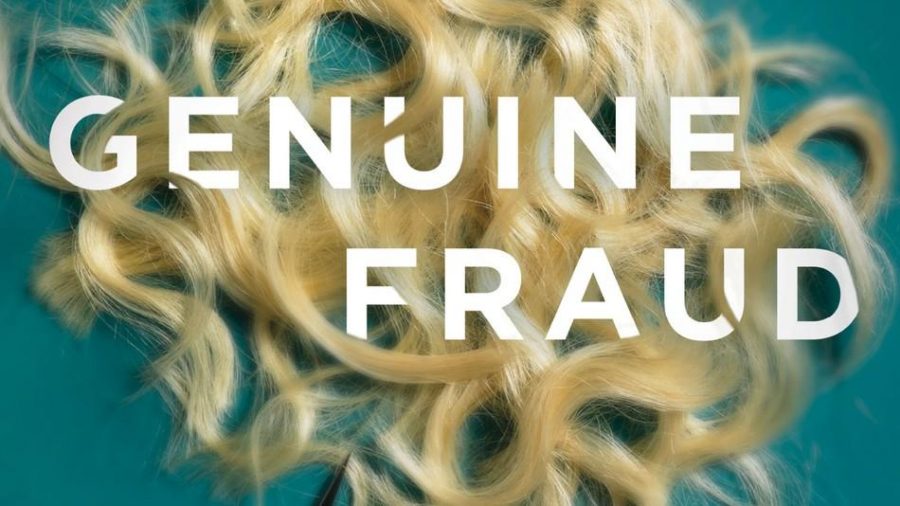By Erin Fishman
Staff Writer

The iconic climax scene in “Say Anything,” featuring a lovelorn John Cusack and a boombox blasting Peter Gabriel, may seem like a romantic gesture. Or how about sparkly, mysterious Edward Cullen showing up unannounced to watch over his mortal lover Bella as she sleeps? Or Molly Ringwald in “The Breakfast Club,” whose denial of Bender’s unwanted advances seems to be the punchline of an ongoing joke?
These films and others were analyzed for underlying abusive context by Violence Prevention and Educational Outreach peer educator Nicole Veneto at an event titled “Bad Romance: Abusive Tropes in Romance Narratives” on Nov. 10.
Knowledgeable event host Nicole Veneto clicked through the first slide, gesturing to the screen. “Media doesn’t exist in a vacuum,” she informed the audience animatedly. “Seriously, anyone who thinks it is, is wrong.”
Despite eliciting a few chuckles from the audience, her point was clear: what we see and interact with in the media doesn’t end when we turn off the TV or put away our phones. This, in part, is what makes abusive tropes in romance narratives so troubling.
What is downplayed as romantic passion creates a false perception of what should be viewed as healthy, or even desirable. This distortion of boundaries and dismissal of warning signs creates an abusive culture fed by media consumption.
Most are familiar with the notorious love affair of Christian Grey and Anastasia Steele, recently adapted to a major motion picture. Most people with access to the internet have likely stumbled upon excerpts from the book, circulated in sometimes critical, often controversial social media posts. In line with the age-old marketing strategy “sex sells,” the abusive behaviors of Christian Grey are sensationalized, romanticized, and falsely marketed as a safe BDSM relationship.
In reality, the relationship between Grey and Steele is not consensual, nor does it follow the guidelines of a healthy BDSM relationship. Of the 18 signs of an abusive relationship outlined by the U.S. Department of Health and Human Services, “Fifty Shades of Grey” meets eight.
In “Twilight,” the New York Times bestselling tale of a sparkly vampire and his mortal lover, the relationship between Bella Swan and Edward Cullen depicts a shocking 15 signs of the criteria for an abusive relationship. While depicted as romantic, passionate dedication, Edward’s behaviors indicate a possessive and unhealthy imbalance of power as he dictates nearly her every move.
The dynamic of a domineering, persistent suitor and disinterested love interest is featured across decades of works in the media.
Think the 1813 Jane Austen novel “Pride and Prejudice” and ’80s flick “The Breakfast Club” have little in common?
Consider this: both heroines begin the narrative showing little or no interest in their suitors, but by the end of the story, they end up with their former adversary. The storyline is wrapped up neatly, the belligerent romantic tension finally resolved. This narrative is as problematic in its larger context as it is unrealistic.
It depicts the notion that persistence, which can often develop into harassment and stalking, is the foundation to a romantic partnership. This frequently-used narrative, referred to by Veneto as “clashing as chemistry” is not inherently abusive but implies that bickering is simply romantic tension in disguise.
And this is the ongoing, prevailing problem with how romance is depicted in the media: abuse is spritzed with the flowery perfume of romance, longing, and passion, masked by a cycle of tropes. When these ideas are displayed in a real-world situation, it can have disastrous consequences for both partners in the relationship.
Veneto’s event shed light on the warning signs often overlooked in film and television in an interesting and thought-provoking discussion. Being attentive to troubling scenarios in romance narratives shouldn’t be regarded as reading too far into the media.
Given the alarming statistics surrounding sexual assault and abuse and how the media contributes to these behaviors, it’s critical to observe these trends in the media and how they blend seamlessly into real-life situations.





